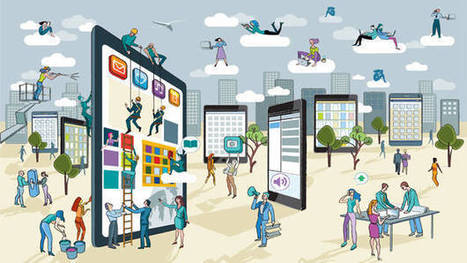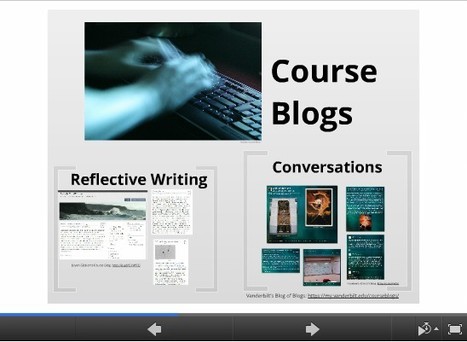Imagine that you have to build a railway bridge. You draw up blueprints for the bridge, start welding and, just as you near the other side of the river, you realise that the bridge is not strong enough. Oh, and it should be carrying cars instead. And the bridge has gone way over budget already. Not so much a bridge, more of a pier.
Agile is a project management methodology originally developed for computer programs but increasingly being used in aviation, construction, pharmaceuticals and the financial sector. The US Department of Defence is using Agile for procurement.
Rather than building a bridge, an Agile approach would be to say, let’s get people to the other side of the river. So you start with a rowing boat, and then a ferry and finally a toll bridge for cars. Crucially, it takes the highest-value part of the problem – in this case transporting people – and starts making money from it – getting people to buy tickets – right away
.
This methodology has become the de facto way of developing IT software. Its supporters say that it can be applied to all sorts of problems, involving stakeholders, getting feedback early on as opposed to presenting a fait accompli.
Agile divides the project into vertical slices, repeatedly going into the process again and again in various iterations. Rather than delivering a behemoth of a project by deadline, it delivers a project in tranches that work.



 Your new post is loading...
Your new post is loading...















Individuals and interactions over processes and tools
Working software over comprehensive documentation
Customer collaboration over contract negotiation
Responding to change over following a plan.
That is, while there is value in the items on the right, we value the items on the left more.
Learn more / En savoir plus / Mehr erfahren:
http://www.scoop.it/t/21st-century-learning-and-teaching/?&tag=Agile+Learning